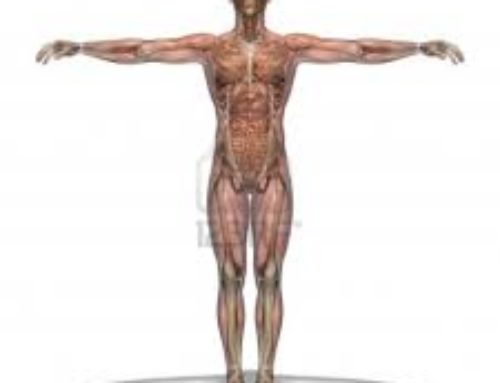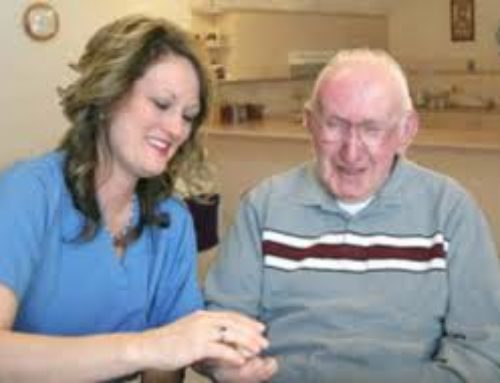
Introduction:
An aneurysm can be defined as a blood filled dilation (expansion or bulge) of a blood vessel caused either by a disease or the weakening of the vessel wall. The aorta is the body’s largest artery that stems off the left ventricle, which is the lower left quadrant of the heart. This artery is responsible for carrying and delivering oxygenated blood from the heart to other leading arteries in the body.
The term aneurysm is used when the artery is said to be 50% or more dilated. A dilated vessel is simple a vessel that has increased in diameter. The artery has to be dilated more than 3.5 centimetres to be termed an aneurysm. Ectasia is a term used to define the dilation or distension of a structure and is also the term that is used when this condition is moderately severe. An aged vessel has less elastic fibres and smooth muscle to protect the vessel and hence, the condition is a common finding in an aging population.
Aortic aneurysms can occur anywhere along the aortic artery however are most commonly known to occur in the abdominal region bellow the kidneys but have also been known to present in the chest and are termed abdominal aneurysm and thoracic aneurysm respectively. It is a serious disturbance of the blood vessel and poses a great risk when the aneurysm ruptures leading to an abdominal haemorrhage. A haemorrhage is the clinical term for the loss of blood (bleeding) from the body’s circulatory system.
There are two broad classifications of aneurysms a true aneurysm and a false aneurysm. A true aneurysm is characterized by damage that is done to all three layers of the aorta, which results in a substantially large swelling of the wall of the vessel. There are two sub divisions of a true aneurysm called a fusiform aneurysm and a saccular aneurysm. The fusiform, which is the more common of the two, is represented by a dilated symmetrical bulge of the entire section of the vessel where as the saccular corresponds to the outward swelling of only a portion or segment of the artery. A false aneurysm which is medically termed a pseudoaneurysm is a tear in the lining of the vessel where blood is then pooled on the outer layer of the artery mimicking that of a saccular aneurysm. This type of aneurysm is often caused during a surgical procedure that punctures the vessel or can be due to disease that damages the artery.
Causes:
Some of the leading causes of aneurysms are:
- Atherosclerosis: is the build up of plaque in the inner part of the arterial walls. It is the most common cause of aortic aneurysms. Plaque is made of a variety of substances that clog the lining of an artery. This includes deposits of fatty substances, cholesterol, cellular waste products and calcium.
- Cystic Medial Necrosis: the loss of elastic tissue
- Vasculitis: which is the term used to describe the inflammation of the blood vessels in the body. In aortic aneurysms it is the inflammation of the aorta that is most likely.
- Smoking increases the likelihood of this condition due to the repeated insults to the vessels.
- Hypertension: which is high blood pressure
- Genetic conditions and disorders
- Males above the ages of 60 years
- Immediate family history of the condition
- Traumas delivered to the vessel during surgery, a motor vehicle accident.
- Sex (males are more likely to develop an aortic aneurysm than women)
Recent studies reveal that an increasing number of patients diagnosed with an aortic aneurysm have a transferable genetic basis. There is an increase risk of occurrence if it is already present in the immediate family. The defect occurs in the connective tissue fibres that form the middle portion of the artery wall and is said to be as prominent as 5-10% of people diagnosed with aortic aneurysms.
Signs and Symptoms:
The condition is asymptomatic, which translates to there being no evidence of any symptoms. However upon a physical examination that involves the palpation of the abdomen, will reveal a large pulsating mass or lump and this is a more common finding for an aortic aneurysm. Symptoms of pain will often present when the adjacent vessels, organs and structures become compressed as the aneurysm enlarges. For example, back pain is often a symptom of and occurs when the growing aneurysm disturbs the vertebral structures. Similar pain can be noticed else where in the body depending on the type and location of the aneurysm.
Other symptoms include:
- Sharp pain in the abdomen or lower back and this can often suggest a near rupture of the aneurysm.
- Cold or a tingling sensation on the body’s extremities, the hands fingers, feet and toes.
- A heart beat like experience in you abdominal region.
Diagnosis:
When the condition is suspected, the first method of testing would be a radiograph imaging of the thoracic cavity or the abdomen. Walls of the vessel will appear to be calcified and a classical widening of the artery will present.
Palpating as mentioned previously is a common way of detecting and aortic aneurysm.
Other diagnostic tools:
Abdominal Ultrasound: Using sound waves, this imaging device is used to image organs such as the liver, kidneys gallbladder. The blood vessels that lead to and from these organs can be seen and evaluated.
Laparotomy: An invasive procedure involving an incision to the abdominal cavity to be able to view the surrounding organs to make a sound diagnosis.
Magnetic Resonance Imaging MRI: Non invasive diagnostic imaging tool used to view the function and anatomy of various in organs and vessels.
CT Scan (Computerised Tomography): This procedure usually takes an hour and is compiled by a computer that picks up x-rays that are sent through the body at various different angels to get a cross section of the area under investigation.
Angiogram of the Aorta: This is a medical image, using x-rays pictures that are taken to visualize arteries, veins and heart chambers/coronary arteries. A catheter is used to administer a radiocontrast agent into the arteries and allows the aorta to be clearly identified.
Complications:
If the aneurysm is diagnosed early and treated complications are rare. However a potentially fatal complication of this condition is a rupture of the aneurysm. The rupture causes serious internal bleeding and pain in the abdomen and sometimes back. The chance of rupture is increased as the size of the aneurysm is increased.
Possible Complications Include:
- Stroke
- Myocardial Infarction or a heart attack
- Arterial Embolism: This is when an object that migrates from one part of the body and causes a blockage or occlusion elsewhere.
- Hypovolemic shock: Is when the heart is unable to supply adequate blood to the body and causes disturbances in the blood volume equilibrium.
Treatment:
The primary treatment once an aneurysm has been identified is surgery. This depends on the size of the aneurysm, generally if it is five centimetres or greater surgery becomes and option. This depends on other aspects and the overall wellbeing and health of the person at the time, as surgery holds its own risks and must be carefully considered.
If the aneurysm does not exceed the size in which surgery is required then it will be monitored for growth regularly using ultrasound and other techniques.
There are two main types of surgery that removes aneurysms. The first, being a more standard practice where a large incision is made to the abdomen and the damaged vessel is removed and replaced with and artificial device that takes the place of the damaged part. The second is a much smaller incision and is called endovascular stent grafting wherea stent, a metal mesh like structure that is inserted into the artery using a catheter to give it stability and is a permanent fixture. This procedure is dependant on the specifics of the case and is not an option for all patients.
Medications that are used to reduce the risk of a rupture of an aneurysm are often beta-blockers. These drugs reduce progression of growth and thereby reducing the chances of a rupture. Other medications may be administered to deal with other health issues that could otherwise aid in the growth of the aneurysm and are often for cholesterol and blood pressure. By controlling these factors also reduces the chances of a complication with the nature of this condition.
Prevention:
With any health related condition, particularly those related to the circulatory system and the heart a balanced and healthy lifestyle is the focal prevention.
- No smoking
- Maintain a healthy weight
- Maintain a balanced diet, that doesn’t include high cholesterol and fat intake.
- Maintain an active lifestyle. Exercise at least 3 times a week for nothing less than 30 minutes.
If there is a history of the condition regular check ups and a home blood pressure monitoring system can be used to detect problems sooner and can reduces any potentially fatal risks that may go undiscovered.






Leave A Comment